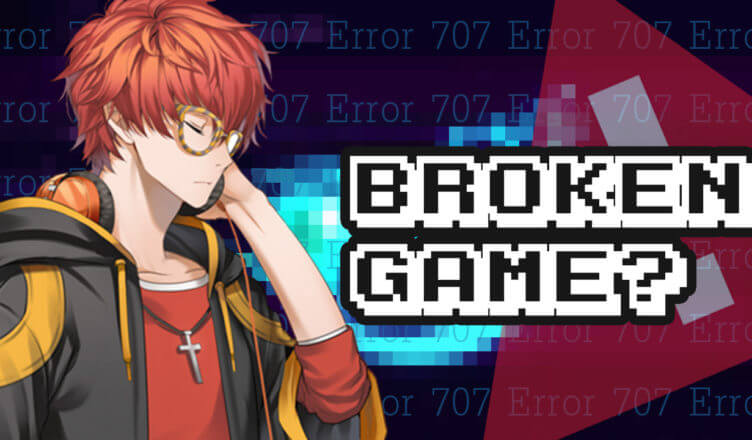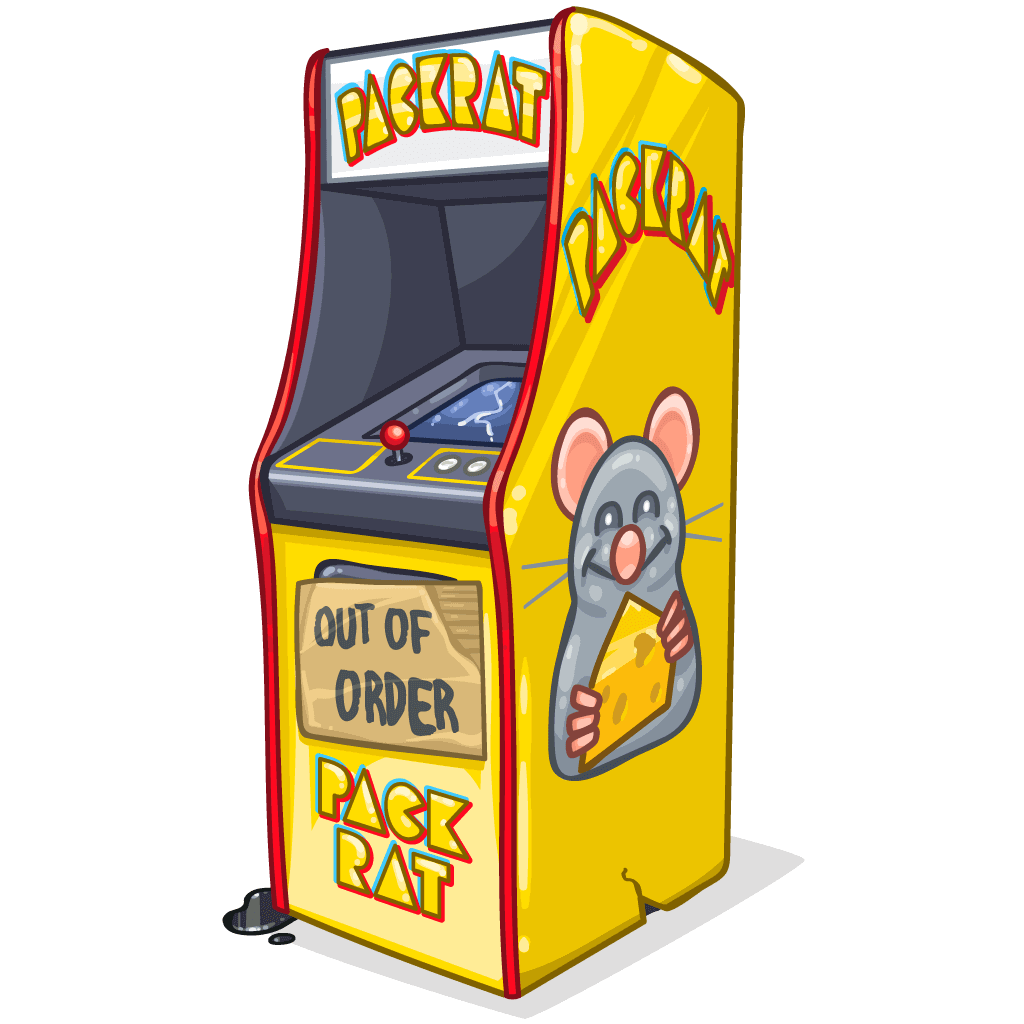A reader posited this question to me yesterday. “When is a game broken Kevin?”
I was somewhat taken aback. Not because I thought the question was silly, or the answer obvious..but rather taken aback due to my attitude to the question. My reaction and my attitude was at first to launch into something that started with ‘its self evident, due to the following factors…’ I stopped right there. Stumped, flummoxed, bamboozled.
What really is self evident about a “broken game”, and for that matter what defines broken?
Unbalanced play, crappy rules writing, poor quality bits, a historical play, gamey enablers? There are just so many factors that go into make a game good let alone an amazing one. Yet the precense of any one of the prior factors is not placing that hot brand of failure and brokenness upon a given game, designer or a publishing house.
Until I understand what broken is, how may I project an answer back defining the game breaking qualities?
As a set of gamers many of us are quick to judge based on prejudicial opinions. Some of us have such long histories in gaming that newness and innovation is often looked at askance. Some refuse to yield to better parts, cleaner rules and are content to swim in the shallow end of the 7 page case point rulebook with two color maps and call it good. Other seasoned players may judge quickly but with relative insight and well formed opinions built on lots of experienced play. They dont really need 10 plays to see that a particular system or a particular game mechanic is not for them.
Others want more. They want nigh on perfection. Which is never found. Leading to bitter disappointment.
Yet more are long time players and revel in innovation, they are able to be impartial judges of old and new. Calling the old dog a mangy mongrel even if it hurts from a nostalgic perspective. We all know ‘back then’ that is what we had. We all know that back then, ‘history was different’, printing costs were different, gaming industry ideas nascent and the market all factored into what was made, how it was made and who got to make it. Back then…the old days things were done for different reasons that they are today.
Today its a brave new world. Fresh ideas, yet not all are good, nor all are bad. Rebooted older systems with fresh paint and a spit polish. New production methods, more ready feedback from designers, more designs, faster production cycles….more and ever more errata. Also more opinions on what is good and what is not, some bought and paid for others not so much. Noise. Lots of noise. Of course all of this comes to mind and races around the orbit of the word ‘broken’. Yet none make the money shot. Clearly defining our topic. How bad does a game have to be? Unplayable? What if I can muscle through it and you cannot?
So friends as I sit here wondering how to respond to my readers question, I struggle with what to say, how to say it and most of all whether to say anything at all.
What about you?


You’re right of course, games can be “broken” in many different ways. Sometimes there is a cure and a reward for persistence. Here are a few examples….
The old S&T game Armada was not playable with the rules as published. I know because I tried. However, SPI came out a complete rewrite and put it in a later magazine.
Most players had just moved on. The game was “broken”. But the subject matter was interesting to me and happened to be in my course of study at university, so I found a playing partner and we gave it a go again with the V2 rules. And it was quite good and surprisingly approachable and fun given all that it was trying to simulate.
A different problem was the original Drive on Stalingrad (again SPI). The rules for the Don River could make it nigh impossible for the Axis to breach a river that was carefully opposed by the Soviet player. There were fixes for this, but as shipped, the game was “broken”.
For games with serious balance issues, the fix is to play twice, flipping sides and comparing totals. This does take more time, naturally, but allows the designer to present a game that is (historically) unbalanced while allowing players to still do a valid performance comparison.
We all know the “tactical reasons” for a broken game : bad rules, bad components, etc…, but I’d say for it to be broken you have to go up a layer. Bad rules can be rewritten, bad components ignored or reprinted / reissued, Balance can be addressed by tightening or new Victory Conditions. But if the fix no longer fits the games intent or a fix does not exist that can fit the intent of the developer / designer, then I’d say the game has to be declared truly broken as it never had the “internals” to be a coherent game in the first place.
That said – a game can be broken (or better yet abandoned) when the “tactical reasons” are ignored or not addressed or the effort has no reward, but to be broke, do you need to know : should the game have ever been made in the first place considering the elements that are presented?
Deep thoughts! hahaha
nice from you for a change!!
A game is broken if there is a flaw in the rules the allows one side to win every time if they use a specific strategy. Especially if the strategy is unhistorical. In other words the same thing happens every single game. I’m looking at you Dark Valley.
Yeah, same POV from me too. Playing a certain way ensures a known outcome. Anything else, bad rules, components, etc. is just a crappy game.
Broken, to me anyway, is a very strong term. It only applies for a game that actually cannot be played with the rules as supplied. That is, enough is missing that a reasonable person cannot figure out how to play the game. Outright broken games seem to me to be not all that common. Hurt games, that is those that fit one or more of the loose problems listed in the various posts here, those are very common, but I tend to forgive them and just try to figure out what was intended. Its only when you cannot figure it out and cannot play it without doing so that you have ‘broken’, IMO.